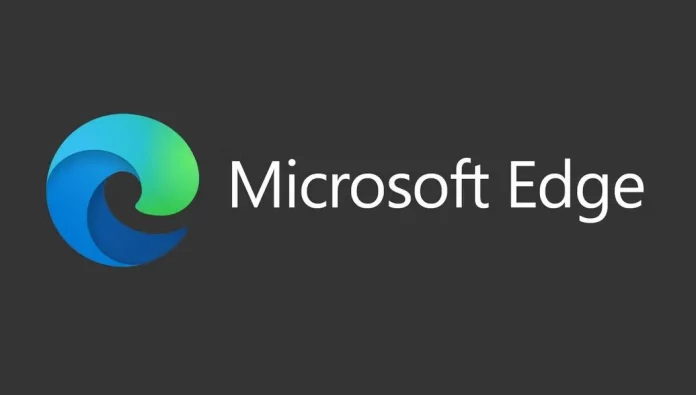Microsoft’s new Edge browser, built on the same foundation as the popular Chrome browser, offers stronger privacy features compared to Google Chrome. Edge, which runs on both Windows 10 and macOS, gives users control over how they’re tracked across the web and what data the browser retains.
One of its standout features is the Microsoft Defender SmartScreen, an anti-phishing and anti-malware tool that monitors suspicious websites for harmful activity.
With a focus on safeguarding your personal information, Microsoft Edge joins browsers like Brave and Firefox in protecting against online trackers that collect your browsing history, cryptominers that exploit your device’s resources, and fingerprinters that identify you based on your device’s settings.
While Google Chrome’s privacy tools are more limited (with plans to improve them in the future), Edge already offers a comprehensive set of privacy features. Here’s how to make the most of them:

How to Use Microsoft Edge’s Tracking Prevention Settings
Similar to Brave and Firefox, the new Edge allows you to fine-tune your privacy settings to block trackers that follow your online activity. Here’s how to manage these settings in Edge:
- Click the three-dot menu at the top right corner and select Settings.
- On the left side, click Privacy and Services.
Edge offers three levels of tracking prevention to help balance privacy with website functionality:
- Choose Basic prevention to allow most trackers but block harmful ones, such as those used for cryptomining or fingerprinting. Balanced blocks trackers from websites you haven’t visited, along with harmful trackers. Strict blocks most trackers from all sites, though it may affect how some websites function. By default, Edge is set to Balanced.
How to Clear Browsing Data in Edge
Edge allows you to clear your browsing data manually or automatically every time you close the browser.
- In the Privacy and Services settings window, scroll down to the Clear browsing data section.
- Click Choose What to Clear to immediately delete your browsing history, download history, cookies, and cached files. To clear this data every time you close Edge, click the arrow next to Choose what to clear every time you close the browser and select the data you want to remove.
How to Use Edge’s Other Privacy and Security Tools
Within the Privacy and Services settings, you’ll find additional tools to protect your data:
- Under Privacy, you can enable Send ‘Do Not Track’ requests, which asks websites not to track you. However, websites may still use this request to build a profile of you, which is why Apple has removed this option from Safari. By default, this is turned off in Edge.
- In the Services section, you can activate Microsoft Defender SmartScreen, which checks the websites you visit against a list of known phishing, malware, and scam sites, warning you if a site is deemed unsafe.
- Also in the Services section, you can enable Block potentially unwanted apps to prevent Edge from downloading suspicious software.
By adjusting these settings, you can better protect your browsing data and enhance your online security with Microsoft Edge.
